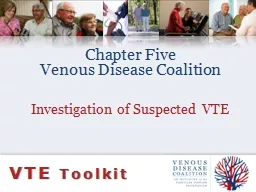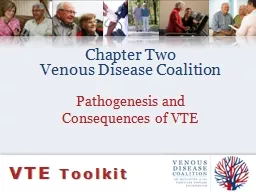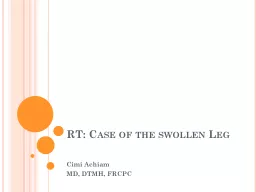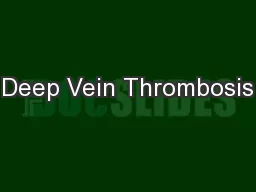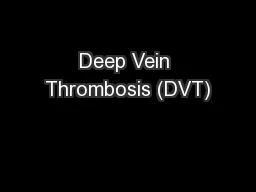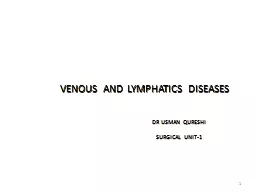PPT-Heighten Your DVT Awareness
Author : kittie-lecroy | Published Date : 2016-05-04
Reaching New Heights in Understanding CVC Complications Michael Brazunas RN BSN VABC Disclosures AngioDynamics Inc Association for Vascular Access DirectoratLarge
Presentation Embed Code
Download Presentation
Download Presentation The PPT/PDF document "Heighten Your DVT Awareness" is the property of its rightful owner. Permission is granted to download and print the materials on this website for personal, non-commercial use only, and to display it on your personal computer provided you do not modify the materials and that you retain all copyright notices contained in the materials. By downloading content from our website, you accept the terms of this agreement.
Heighten Your DVT Awareness: Transcript
Download Rules Of Document
"Heighten Your DVT Awareness"The content belongs to its owner. You may download and print it for personal use, without modification, and keep all copyright notices. By downloading, you agree to these terms.
Related Documents


